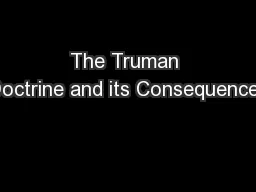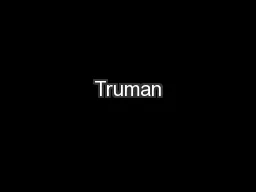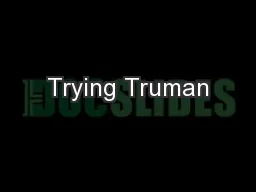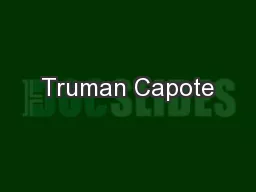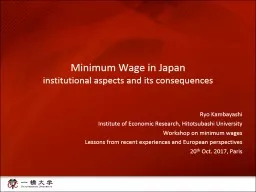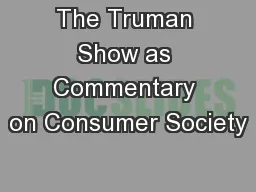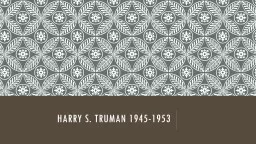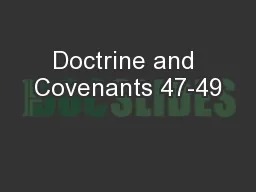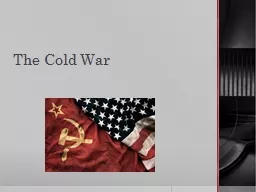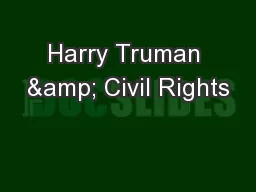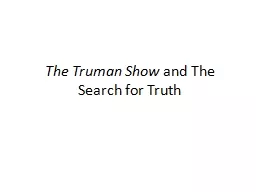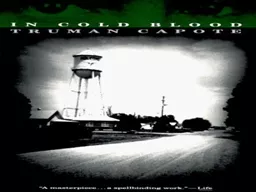PPT-The Truman Doctrine and its Consequences
Author : debby-jeon | Published Date : 2017-12-08
In early 1947 Britain announced that it could no longer afford to resist the spread of communist influence in Greece and Turkey Therefore Truman announced that the
Presentation Embed Code
Download Presentation
Download Presentation The PPT/PDF document "The Truman Doctrine and its Consequences" is the property of its rightful owner. Permission is granted to download and print the materials on this website for personal, non-commercial use only, and to display it on your personal computer provided you do not modify the materials and that you retain all copyright notices contained in the materials. By downloading content from our website, you accept the terms of this agreement.
The Truman Doctrine and its Consequences: Transcript
Download Rules Of Document
"The Truman Doctrine and its Consequences"The content belongs to its owner. You may download and print it for personal use, without modification, and keep all copyright notices. By downloading, you agree to these terms.
Related Documents

